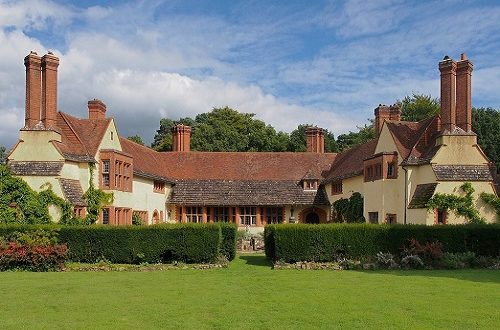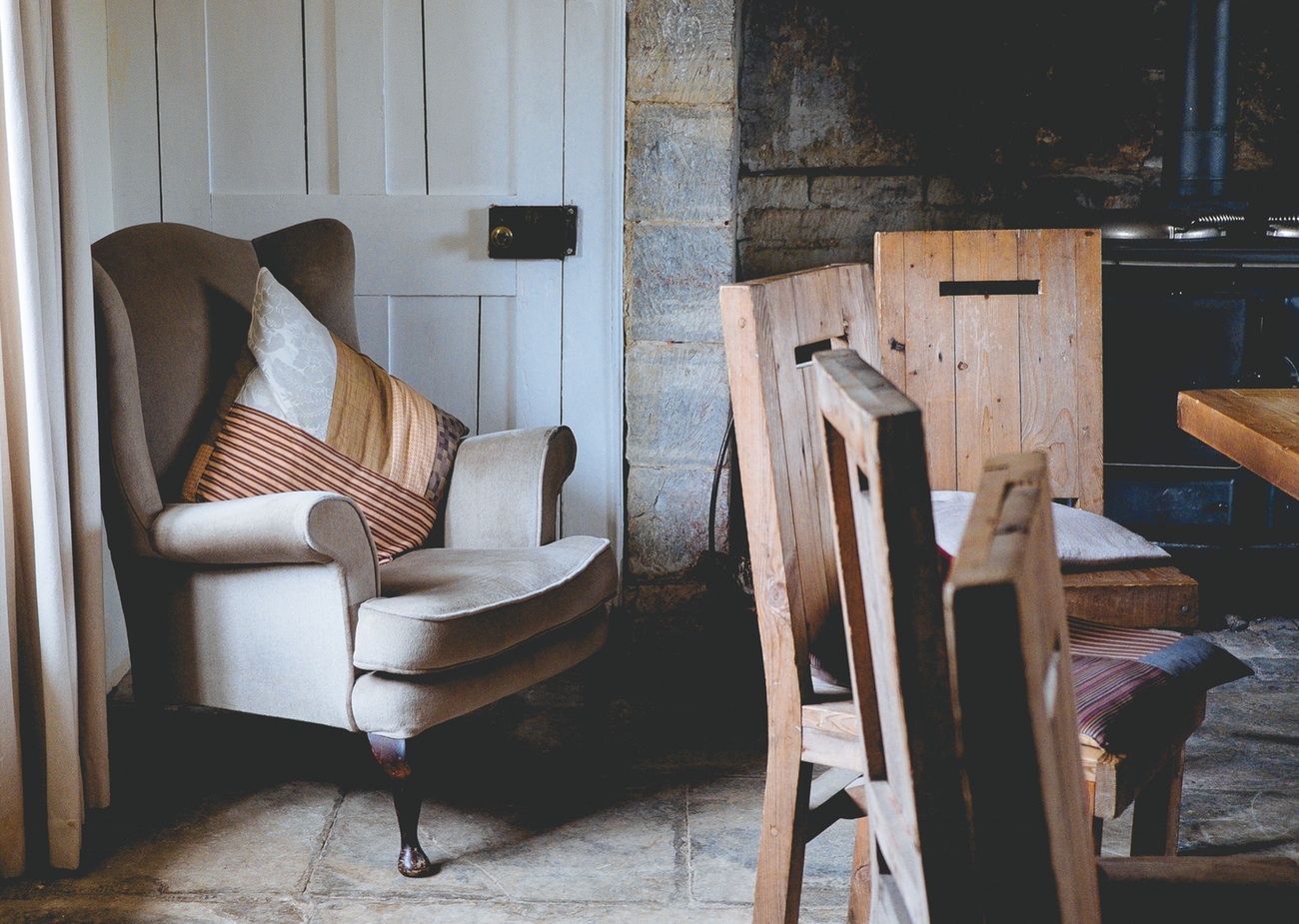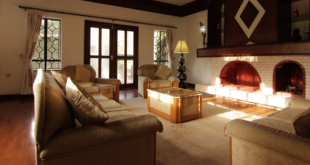The Arts and Craft movements roots date back to the late Victorian period. Initially a reaction against industrialisation, deskilling and excessive ornamentation, it still influences our tastes today.
Origins
The Great Exhibition of 1851 whilst demonstrating industrial progress, alarmed others. Commentators of the day saw the risk that skills honed over centuries were being lost as mechanisation took over. The views were closely aligned with those concerned about deteriorating social conditions in the growing industrial towns.
The name originates from the Arts and Crafts Exhibition Society set up to promote the role of decorative design. Their first exhibition in 1888 concentrated on ceramics, textiles, metalwork and furniture. The designer William Morris was an active member, through his influence on design and in manufacturing, he achieved international recognition. Such was his success, that many of his designs are still with us today. Morris himself took influence from John Ruskin, a leading art critic.
By the early twentieth century, the movements influence on design was firmly established. Stores such Liberty and Co and Heals in London were strong promoters, stocking goods.
Arts and Craft Architecture
Influence soon spread into home design. Leading architects of the Edwardian period including Edwin Lutyens, Philip Webb, Norman Shaw and Charles Voysey designed homes sympathetic to the movements aims. The use of local and natural materials. Demonstration of craft skills in wood, stone, brick and tiles. Be pleasing to the eye and fitting in with nature and surroundings.
Characteristics
So called Arts and Craft houses exhibit certain familiar characteristics. Height is offset by roofs extending to ground floor with the use of dormers. Unlike Georgian designs they are not symmetric, quite the opposite. Bays, protrusions, varying heights all add interest. Local materials for wall, roofs and detail. Ornate large chimneys are prominent.
Elizabethan influence is seen with timber frameworks with infill of plaster or brick and protruding first floors. Lead glazing of windows is another giveaway as is tile hanging on some walls.
Entrances were important. Elaborate arches surround doorways made from shaped bricks, carved stone or timber add decoration.
Detail matters. If you visit an Arts and Craft house, look out for ornate light switches, window handles and stays, door handles and other features.
The styles suits any size from a modest cottage to a rambling country house. Post WWII the influence continues. Leaded lights, sham decorative timber and tile hanging are common features of this era of mass home building, extending the suburbs.
Homes to see

The National Trust own several such houses. William Morris’s Former home, The Red House in Bexleyheath. Cragside in Northumberland is an outstanding example. Goddards (pictured) in York is a superb example and sits in an Arts and Craft garden. Standen in West Sussex by the architect Philip Webb. Devon’s Coleton Fishacre combines Arts and Craft with the later influence Art Deco. Stoneywell, Leicestershire, a small gem by the Arts and Crafts architect Ernest Gimson.
Click on this link for more details
Legacy
For many, the classic British house style is one with Arts and Craft influence. As a nation it seems, we are less keen on modernist and non natural looking materials despite their popularity with some architects. Drive through any prosperous suburb or town, and Arts and Crafts influenced houses will often dominate the scene because the designs are timeless and sit well within their surroundings, they never seem to look out of place. It’s not surprising that commercially minded builders return again and again to the style for the reason that they know they will sell.
Luxury homes in leafy locations, beyond the reach of most of us, happily combine modern and Arts and Craft features harmoniously.
Outside of architecture, its influence on modern interior design is clear. Craft skills are evident in many furnishing we now adorn our home with. Factories are still producing original Morris and Co designs on fabrics for curtains, bed linen, blinds and other objects.
Today
I’m sure the movements leaders would be pleased. We have a booming Arts and Crafts market with people making everything from furniture to traditional boats. Artisan bakeries, breweries and gin makers as well as independent craft cheese makers and makers of other fine foods. A wealth of other skills. Today’s consumer is more aware than ever seeking out things of beauty and difference.
 Homeowners Club If you are one of the 15 million homeowners in the UK, the free to join online Homeowners Club is for you.
Homeowners Club If you are one of the 15 million homeowners in the UK, the free to join online Homeowners Club is for you.








